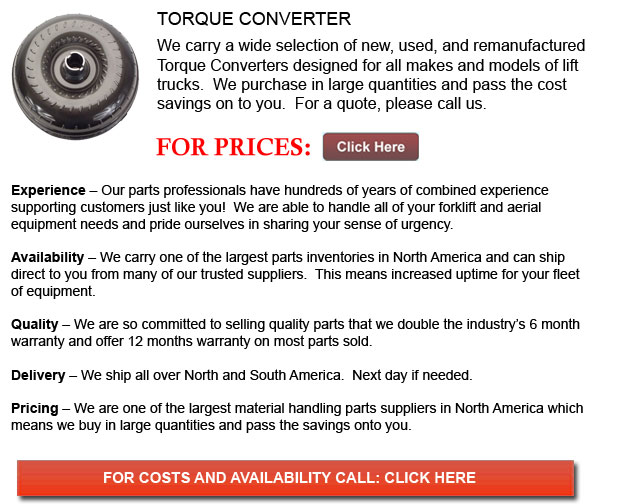
Forklift Torque Converter - A torque converter in modern usage, is commonly a fluid coupling that is utilized in order to transfer rotating power from a prime mover, for instance an electric motor or an internal combustion engine, to a rotating driven load. Like a basic fluid coupling, the torque converter takes the place of a mechanical clutch. This allows the load to be separated from the main power source. A torque converter could offer the equivalent of a reduction gear by being able to multiply torque when there is a considerable difference between input and output rotational speed.
The most popular type of torque converter utilized in car transmissions is the fluid coupling kind. During the 1920s there was likewise the Constantinesco or otherwise known as pendulum-based torque converter. There are other mechanical designs used for continuously changeable transmissions that can multiply torque. For example, the Variomatic is a version which has a belt drive and expanding pulleys.
The 2 element drive fluid coupling could not multiply torque. Torque converters have an component referred to as a stator. This alters the drive's characteristics through occasions of high slippage and generates an increase in torque output.
There are a at least three rotating elements within a torque converter: the turbine, which drives the load, the impeller, that is mechanically driven by the prime mover and the stator, that is between the impeller and the turbine so that it could change oil flow returning from the turbine to the impeller. Usually, the design of the torque converter dictates that the stator be prevented from rotating under whichever situation and this is where the word stator starts from. Actually, the stator is mounted on an overrunning clutch. This particular design stops the stator from counter rotating with respect to the prime mover while still allowing forward rotation.
In the three element design there have been adjustments which have been incorporated sometimes. Where there is higher than normal torque manipulation is needed, alterations to the modifications have proven to be worthy. Most commonly, these adjustments have taken the form of various stators and turbines. Every set has been designed to produce differing amounts of torque multiplication. Several instances comprise the Dynaflow which makes use of a five element converter to be able to generate the wide range of torque multiplication considered necessary to propel a heavy vehicle.
While it is not strictly a component of classic torque converter design, different automotive converters comprise a lock-up clutch so as to lessen heat and so as to improve cruising power transmission effectiveness. The application of the clutch locks the impeller to the turbine. This causes all power transmission to be mechanical that eliminates losses related with fluid drive.
![]() Click to Download the pdf
Click to Download the pdf
Forklift Parts
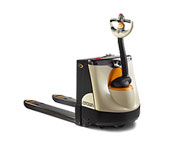
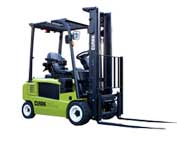
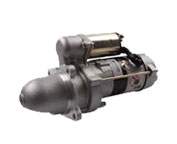
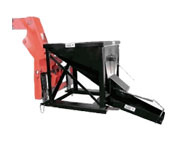
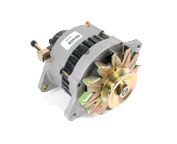
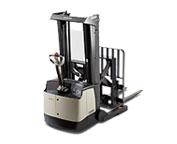
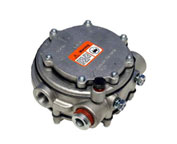
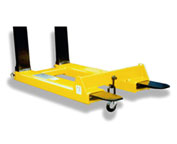
Lift Parts Express
TOLL FREE: 1-888-695-7994
Ogden, Utah
forkliftpartsogden.com
Email Us
About Us


